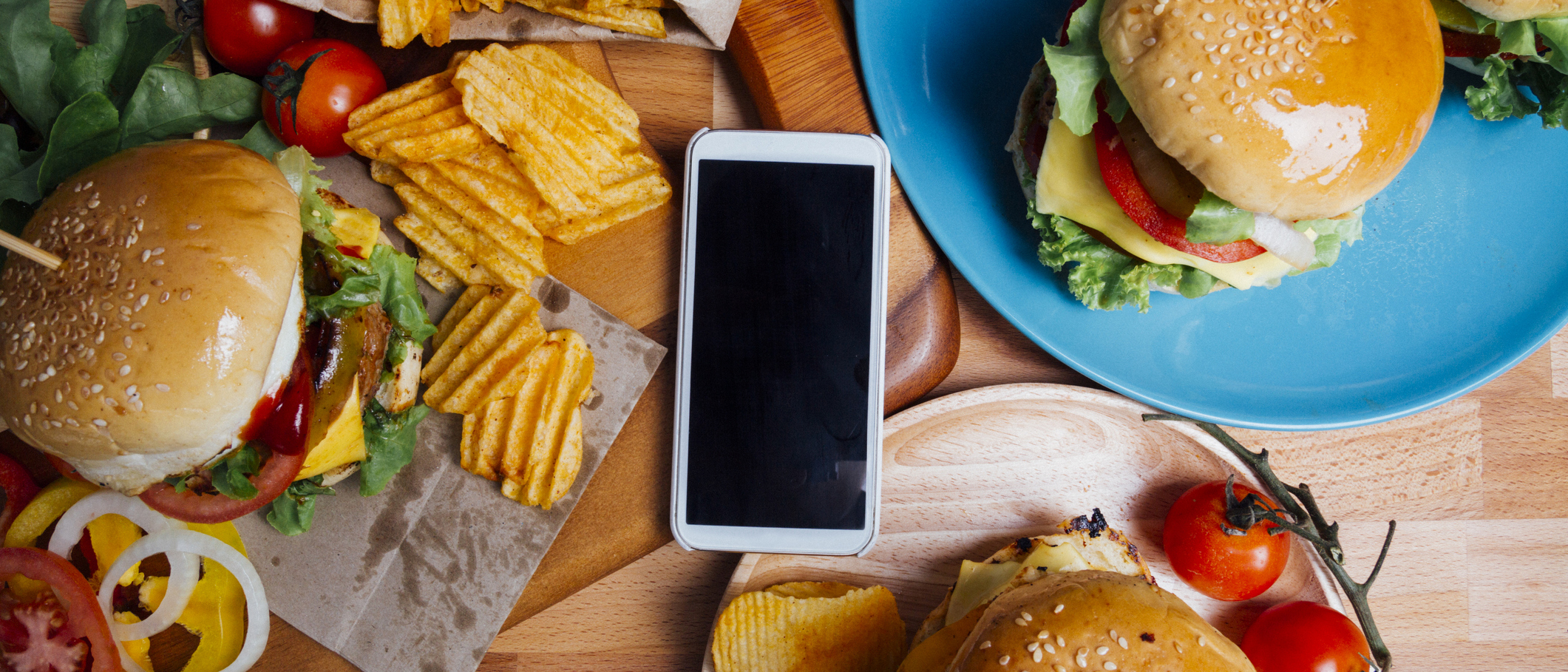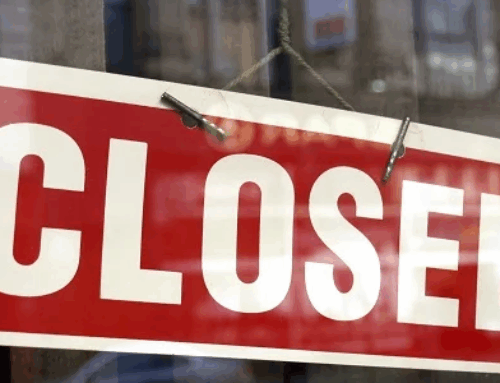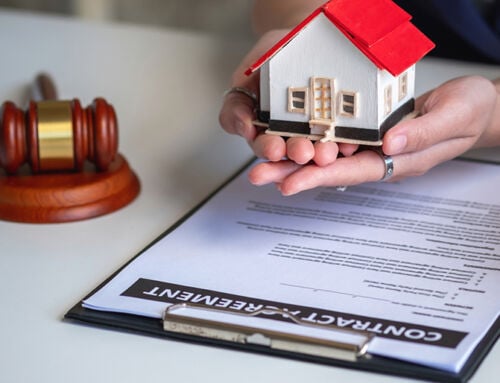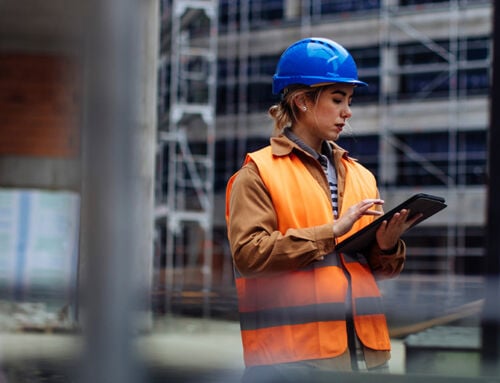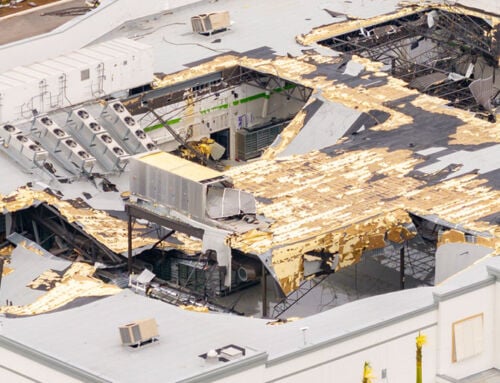Is great service, delicious food, and a comfortable experience your restaurant’s recipe for success? It’s time to revisit your list of ingredients. These days, a winning strategy goes beyond the kitchen, the dining room, the host station – and right into the hands of your customers.
For better or worse, mobile devices are now part of the dining experience, and that’s something clever restauranteurs can use to their advantage. Free Wi-Fi access, electrical outlets and charging stations around the dining room are great places to begin, but the digital revolution has stirred up the restaurant industry in all sorts of ways. If you really want to get in the game, it’s time to consider how the latest mobile tactics could help your business go farther.
The ups and downs of going mobile
Mobile technology is a part of everyday life, and it’s forcing some restaurants to change the very nature of their operations. As electronic orders have tripled over the past five years, more dining establishments have moved from mainly in-house service to takeout and delivery-based models. This digital move has really paid off in some cases, but there are challenges involved, too.
Kitchen and restaurant redesign: as you move to more mobile takeout orders, your restaurant may need fewer tables and more space for food pickup. You might also need to consider a special spot for quick orders, set up separate food service lines, and ensure there’s enough space to comfortably house touchscreen kiosks.
Staff organization: deciding on the ideal employee arrangement can be difficult; do you have your in-house employees do the deliveries, do you hire a fleet of delivery drivers, or should you rely on a delivery service start-up? Time, space, and cost will all play a role.
Packaging problems: serving food to-go can mean less control over the finished product. The fact that burger buns tend to get mushy quickly and ingredients can mix together in unattractive ways en route has kept some restaurants from diving into delivery. In turn, more investment and innovation is going into packaging than ever before.
Starbucks is a good example of the challenges that come with balancing mobile and in-store service. Their digital success is hard to ignore, with around 20% of transactions during peak periods at the busiest locations coming from Mobile Order & Pay. On the other hand, advance ordering means the pick-up counter – and possibly the entrance to the café – can get crowded, which may discourage walk-in customers and annoy the on-the-go mobile patrons. Regardless of how convenient mobile ordering becomes, the in-store experience still plays a role in your bottom line.
Does experience beat taste?
The dining experience has become so important that today’s customers are often just as interested in how they buy as what they buy. Technology is driving decision-making, new trends are emerging, and expectations are high. In turn, restaurants are being pushed to deliver a better customer experience, and brands are jostling for a share in the millennial market. In some cases, the right digital improvement or mobile offering can decide whether a restaurant sinks or swims.
In the past three years or so, there has been a 50% increase in the use of restaurant-related technology like mobile apps, online ordering platforms, tabletop tablets, and mobile payment services. It’s not hard to imagine why these tools are so popular: they both streamline the dining experience and satisfy diners’ need to interact on their devices.
What technology works best?
While mobile ordering and delivery is taking hold, there’s no universal formula to guide restaurants through the digital landscape. Some chains have found success with their own mobile apps, while others rely on another service to extend their reach. A few types of technology stand out as good candidates for restaurants.
Online and mobile ordering
For the customer, mobile ordering is often faster, easier, and more comfortable than ordering over the phone or in person. Not only is it convenient, but filling out your order on a device is transparent: you can see your bill as it updates with each item added, and there’s less room for error or misinterpretation when the order is filled. Nearly 70% of consumers say online ordering is the most important aspect of restaurant technology.
Online ordering can be helpful for the business owner, too. Fewer phone calls mean more employees are free to prepare food or serve in-house customers, and a website is a more effective platform to upsell options or upgrades to meals. Add in some mouth-watering photos, and your online offer could be very enticing.
Mobile apps and mobile payment
Mobile apps tend to be more intuitive than ordering on a desktop website. An app can also make your restaurant interesting – and that’s crucial if you want to stay competitive in today’s market.
Credit card transactions can be time-consuming and inconvenient, and with credit card fraud on the rise, there’s more and more incentive to ditch the plastic altogether. Mobile payment options like SamsungPay or Google Wallet are also typically much faster than cash or card payments, which can mean shorter lines and happier customers.
Tableside tablets
Eliminate the need for face-to-face transactions with a tablet on each table. Diners can go through the entire process – browsing menu options, ordering, and paying the bill – without the server’s direct support, and you can offer games or activities to keep them (or their children) busy while they wait.
Of course, simply adding a load of new technology won’t guarantee a spike in revenue. First, it can be very expensive to develop an app, hire a delivery service, or carry a subscription to an online reservation service (which often comes with hefty sign-up and monthly fees). Secondly, going too far with technology could remove too much of the human touch – and that might work against you.
Nearly 70% of consumers say online ordering is the most important aspect of restaurant technology.
Big reach, focused interaction
Perhaps one of the biggest challenges for restaurants today is finding the balance between digital expectations and a personalized experience. After all, modern diners – like consumers in general – are not only looking for convenience, they’re looking for relevance. If you can’t provide a tailored experience that speaks to them, they may not have time for your restaurant (no matter how tantalizing your menu looks).
What does this mean for you? Well, in order to maximize the size of your audience without diluting the personalized experience, you might need to get creative.
Embrace trends
Take a cue from one UK restaurant that not only welcomes the Instagram-savvy crowd, but encourages their behaviour. Dirty Bones now offers their diners “Instagram kits” to use during their meals, which include a portable LED light, a multi-device charger, a clip-on wide-angle lens, a tripod, and a selfie stick, to help them take their food photos to new heights. Customers love it, and the restaurant gets some great representation on one of the top social media channels out there. It’s a win-win.
Collect data
This is where major reservation systems like OpenTable or Bookenda come into play. Many owners say the price for these booking systems is easily offset by the amount of valuable customer data you can extract from the service. From names and birthdays to food likes and dislikes, you can create a database of information about your regulars that makes it easier to personalize their experience in impressive ways – and win their hearts for good.
Go local
Geotargeting can ensure that your advertising is getting to the people who are most likely to follow the trail back to your restaurant. The theory is that by delivering online ads, videos, and other relevant content to viewers who are geographically close to your restaurant’s location, there’s a better chance that they’ll pay you a visit. Restaurants like San Francisco Soup Company insist that geotargeting efforts can bring more convenience and satisfaction than a loyalty card would.
Act smart and fast to stay competitive
Restaurant responsibilities are growing. Owners and employees need to offer a positive interaction, great customer service, and short wait times, as well as a seamless experience for those who order on their devices for pickup or delivery. If you’re too slow to get into the mobile app arena, or your efforts are too ordinary, your restaurant stands a real chance of losing out.
- Make a deal. 80% of diners are likely to try a new restaurant if there’s a deal on offer. Loyalty points and rewards are also popular approaches, especially when they offer valuable incentives for future dining experiences. You can add even more value by including a space on your app for subscribers to store deals and coupons.
- Bring your app to life. Think about how you’re positioning yourself – and how customers want to see you. For one, your app should be more about the customer than about your business: create something that adds value to your customers’ experience, not something that simply mimics your website or your print ads. According to Deloitte, 7 in 10 customers expect restaurant apps to be personal, and are more likely to respond to apps that “know them”.
- Don’t reinvent the wheel. It’s great to have a unique app, but it’s not the only way forward. If you don’t have the resources to create your own, consider partnering with an existing mobile platform that’s already getting a lot of press.
Booking apps like Yelp and OpenTable, along with food-delivery apps like Foodora and Hurrier, can help your business – a lot. Nearly 25% of people say they search for deals on these sorts of general apps or websites, and 37% say they’ve researched new restaurants on their mobile device.¹ You’ll want your restaurant to show up in those search results.
7 in 10 customers expect restaurant apps to be personal, and are more likely to respond to apps that “know them”.
Most people only bother downloading a few restaurant apps at most, so if you can get in on a sure thing, you’re certainly at an advantage. By tapping into partner apps, you also enjoy access to more shared data. Be sure to use that data – like customer spending habits, app interactions, and order history – to make the experience personal and unique for your diners.
Time is money
Mobile interaction is always changing, and although it can be difficult to keep up, there’s a huge potential for greater reach and more revenue when you put some effort into developing a digital strategy for your restaurant business. These days, many diners are shorter on time than they are on money. Appealing to their need for a clear, concise, and convenient dining experience could pave the way to your sustained success.
This blog is provided for information only and is not a substitute for professional advice. We make no representations or warranties regarding the accuracy or completeness of the information and will not be responsible for any loss arising out of reliance on the information.
¹ Good Food is Not Enough: 3 Dining Trends for the Digital Age. Forbes, May 2016.
